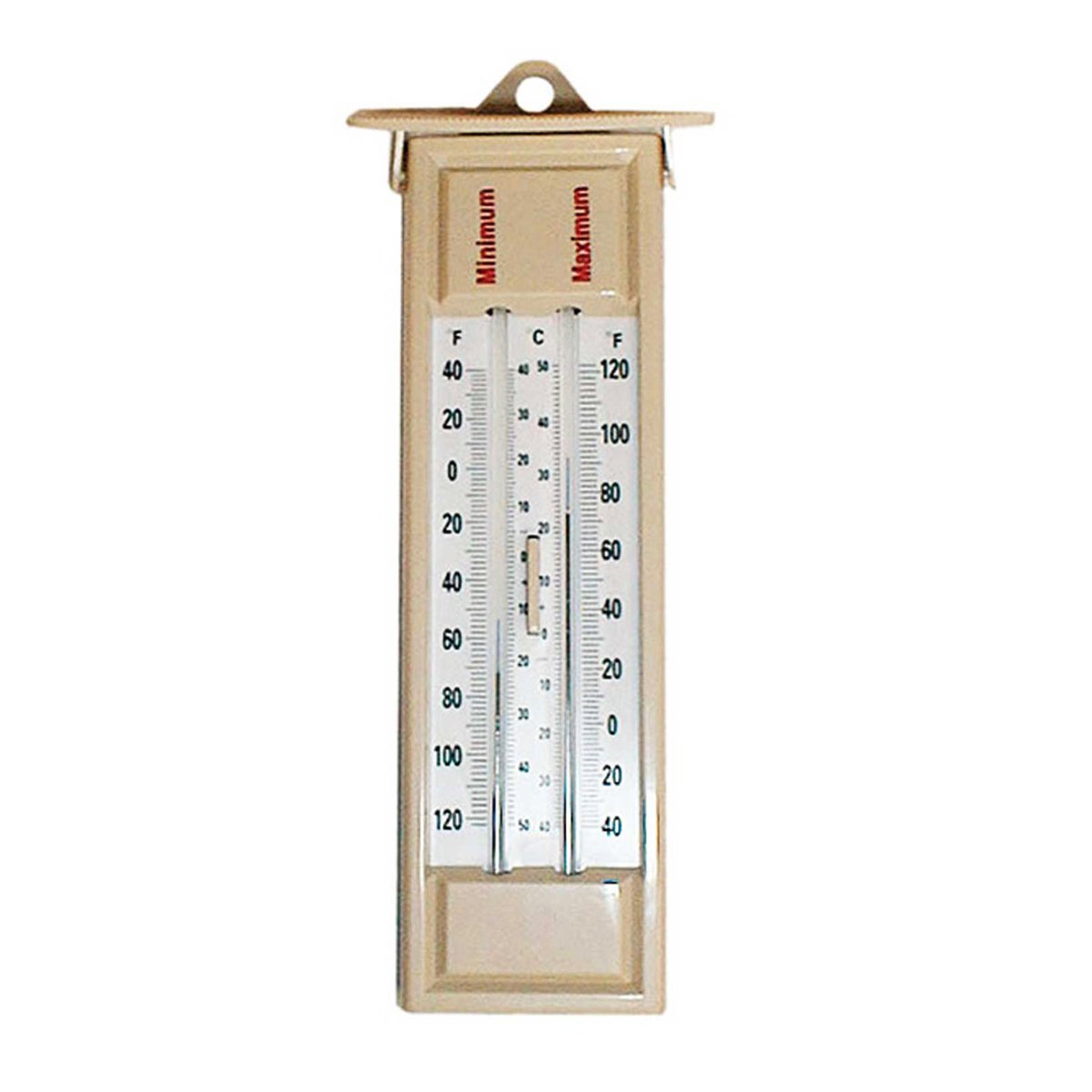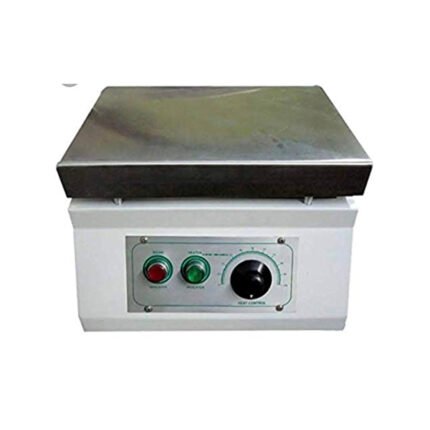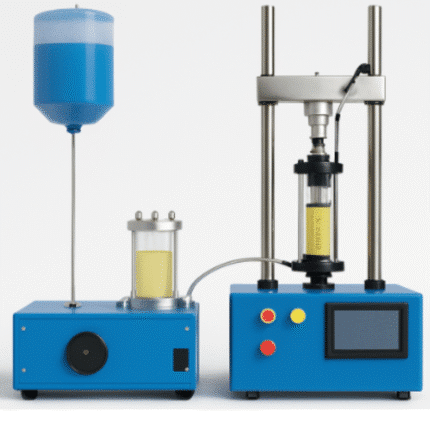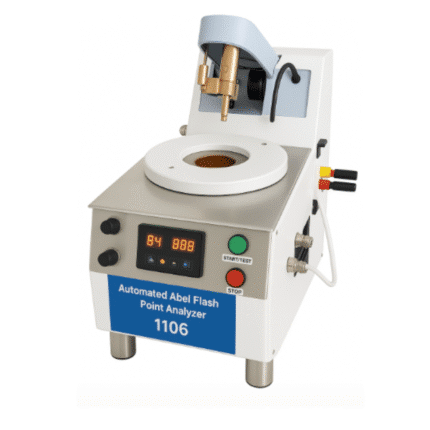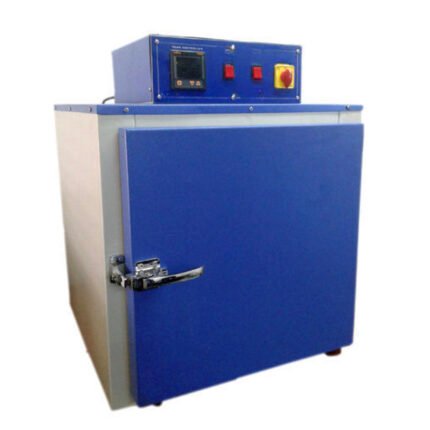AZA 1073 MAXIMUM & MINIMUM THERMOMETERS
- Records both highest and lowest temperatures
- Suitable for lab, storage, and field environments
- Mercury or alcohol-based with calibration screw
- Complies with ASTM E1 for accuracy
- Resettable with push-button or magnet
Description
Maximum & Minimum Thermometers are precision instruments used to monitor the highest and lowest temperatures reached during a given period. Widely employed in laboratories, cold storage, environmental studies, and greenhouse monitoring, they are essential for ensuring temperature-sensitive processes stay within acceptable thresholds.Maximum & Minimum Thermometers, Lab Temperature Monitoring, ASTM E1.
These thermometers use dual capillary tubes, one for the rising maximum and one for the falling minimum temperature. A special mercury or alcohol-based liquid column moves along each capillary, with resettable markers to indicate peak values.
Functionality:
This thermometer type provides continuous temperature surveillance, capturing the highest and lowest readings between resets. The reset feature, typically a magnetic pull or button, brings both indicators back to the current reading, allowing a new measurement cycle to begin.
These instruments often feature alcohol-based liquids for safety in mercury-restricted zones, and come in Celsius, Fahrenheit, or dual-scale formats.
The thermometer contains two liquid columns — often spirit-based for mercury-free safety — that move in response to temperature changes. As the temperature increases or decreases, a corresponding metal or alcohol-based liquid expands or contracts, pushing marker pins up or down the tube. These pins stay in place to indicate the maximum and minimum temperatures reached until the thermometer is reset, typically using a small magnet or push-button.
This feature makes them invaluable in environments where constant human monitoring isn’t feasible. For instance, in a lab refrigerator or greenhouse, staff can record extreme temperatures at set intervals without needing to watch the display constantly.
Applications:
-
Lab incubation and ambient condition tracking
-
Cold chain compliance in vaccine storage
-
Soil and greenhouse monitoring in agriculture
-
Environmental data logging in field studies
-
Food safety in cold storage and transport
Accuracy & Compliance:
Our Maximum & Minimum Thermometers conform to the standards outlined in ASTM E1 — ensuring precision in temperature measurement and scale calibration. They are also compatible with WHO cold chain guidelines for pharmaceutical and vaccine transport monitoring.
Some models may include bi-metallic or digital support, but this listing focuses on analog, glass-based designs — preferred for their simplicity, reliability, and zero battery dependency.
Features & Benefits:
-
Dual Function: Records max & min temps over time
-
Resettable Markers: Easily restart tracking with a push-button or magnet
-
High Accuracy: Calibrated per ASTM E1 standards
-
Liquid Options: Alcohol-based (safe, colored) or mercury (where allowed)
-
Weather-Resistant Models: Available with protective cases for outdoor use
-
Readable Scales: Clear markings for easy reading, often in 1°C increments
-
Durability: Resistant to lab spills and moderate shocks
Specifications:
| Parameter | Specification |
|---|---|
| Type | Analog, dual-tube capillary |
| Range | –40°C to +50°C (varies by model) |
| Accuracy | ±1°C or better |
| Readout | Celsius / Fahrenheit / Dual Scale |
| Marker Reset | Manual (magnet or push button) |
| Mounting | Wall-mount or bench-top |
| Body Material | ABS plastic or aluminum casing |
| Liquid Fill | Alcohol (dyed) or Mercury |
| Standards Compliance | ASTM E1, WHO cold chain guidelines |
Frequently Asked Questions (FAQ):
Q1: What’s the difference between max-min and regular thermometers?
Regular thermometers show current temperature only. Max-min thermometers record the highest and lowest temperatures since last reset, enabling trend tracking.
Q2: How do I reset the markers?
Most models include a magnetic slider or push button to pull the markers back to the current liquid level, resetting the max/min recording.
Q3: Is mercury or alcohol better?
Alcohol thermometers are safer and environmentally friendly. Mercury is more precise but restricted in many regions due to toxicity.
Q4: Can I use this outdoors?
Yes, weather-protected versions are available for environmental or agricultural applications.
Q5: Are these compliant with cold chain protocols?
Yes, they are suitable for cold chain monitoring and adhere to WHO and ASTM E1 temperature accuracy standards.
Additional information
| Type |
Analog, dual-tube capillary |
|---|---|
| Range |
–40°C to +50°C (varies by model) |
| Accuracy |
±1°C or better |
| Readout |
Celsius / Fahrenheit / Dual Scale |
You may also like…
Advanced Triaxial Test System (UU–CU–CD Capable) (AZA 1296)
- UU–CU–CD test modes for complete soil strength profiling
- Automated control of pressure, load, and drainage
- Compatible with clay, silt, sand, and mixed soils
- Integrated data acquisition and real-time graphing
- Meets ASTM D2850, D4767, BS1377, AASHTO standards
- Ideal for geotechnical, research, and academic use
Air Bag Trainer (Model AZA1246)
Alternator Trainer (Model AZA1247)
Arc Welding Machine (AZA 1234)
AutoDist‑86 Glass Distillation (AZA 1282)
AutoFlash – Automated Abel Flash Point Analyzer( AZA 1277)
AZA Lab's AutoFlash-1277 is a fully automated, microcontroller-based Abel Flash Point Analyzer designed to accurately determine the flash points of combustible liquids. Conforming to IP 170, ISO 13736, and IS 1448 (P:20) standards, it ensures precise and safe analysis of samples in the temperature range of -30°C to 70°C, extendable up to 110°C.
Equipped with a built-in PC and touchscreen display, the AutoFlash-170 delivers intuitive operation, automated calibration, advanced ignition options, and rapid heating procedures for high-efficiency testing. Ideal for laboratories, petrochemical industries, and quality control applications, this standalone unit streamlines the testing process with enhanced accuracy, safety interlocks, and programmable procedures.
Related products
AZA 1052 STANDS, BOSSHEADS AND CLAMPS
AZA 1057 LABORATORY OVEN
AZA 1060 HOT PLATE (RECTANGULAR)
- Model: AZA 1060 Rectangular Hot Plate
- Mild steel powder-coated body with stove paint finish
- Heavy-duty cast iron top with heat-resistant coating
- Operates on 230V AC supply
- Temperature range up to 300°C for continuous heating
- Available with Thermostat or Energy Regulator control
- Multiple standard sizes (10"x12" to 18"x24")

 Rock
Rock Aggregate
Aggregate Cement
Cement Concrete
Concrete Soil
Soil Steel
Steel Bitumen/Asphalt
Bitumen/Asphalt Security Survey Equipment
Security Survey Equipment General Items
General Items